Rank Species | ||
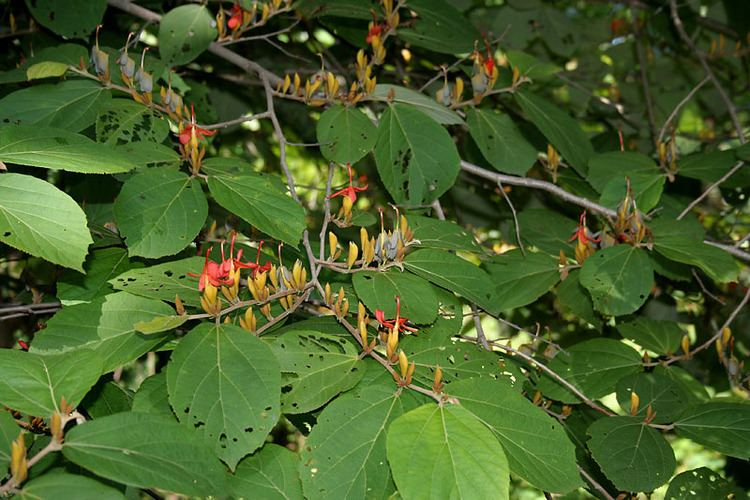 | ||
Similar Helicteres, Sterculiaceae, Terminalia bellirica, Piper retrofractum, Wrightia tinctoria | ||
Helicteres isora as traditional immune booster pankaj oudhia s ethnobotanical surveys 1809
Helicteres isora, sometimes called the Indian screw tree, is a species of small tree or large shrub found in Asia including Indian Subcontinent, South China, Malay Peninsula, Java and Saudi Arabia. Also, found in Australia. The red flowers are pollinated mainly by birds of the sunbird family. It possesses an impressive range of nutritional and medicinal properties. Fibres from the bark are used to make rope. They are also visited by many butterflies and hymenoptera.
Contents
- Helicteres isora as traditional immune booster pankaj oudhia s ethnobotanical surveys 1809
- Common names
- Description
- Distribution
- Phytochemistry
- Ethnopharmacological relevance
- Medicinal uses
- Plant family
- References
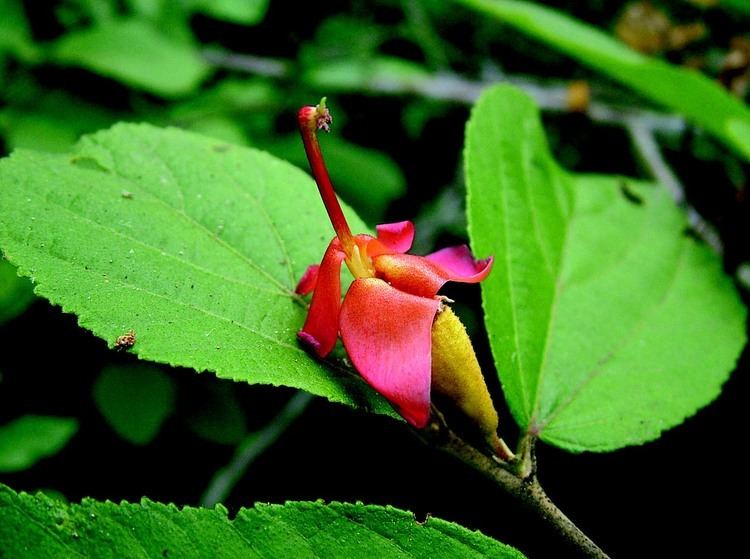
Common names
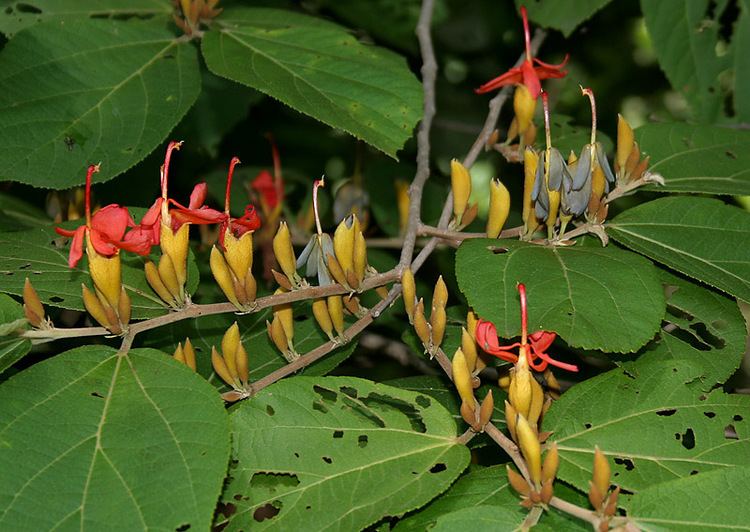
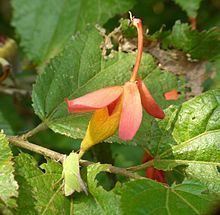
Other vernacular names of H. isora are - Mochra ; Mudmudika ; Kurkurbicha; Sinkri ;Valumbari; Yedamuri ;Pita Baranda; Valumbari ; Balampari; Guvadarra; Pedamuri; Ishwarmuri; Murmuriya; Vurkatee. [1] In Indonesia it is called “Buah Kayu Ules or Ulet-Ulet” on Java island
Description
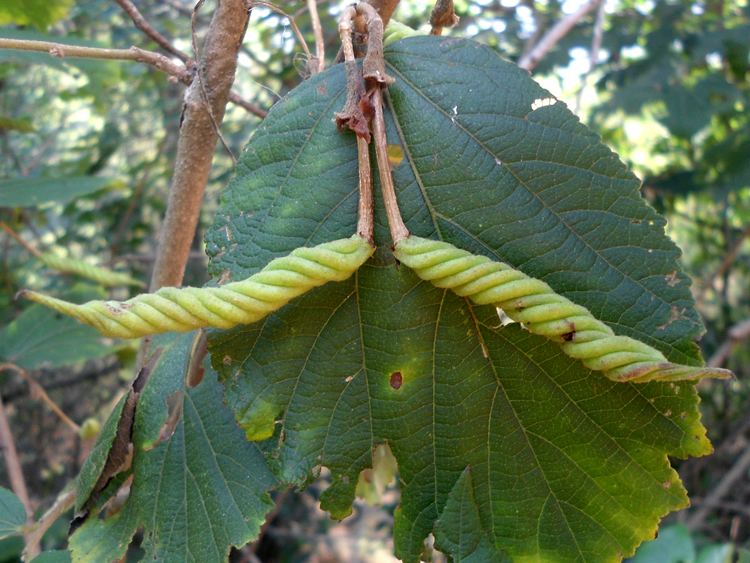
Large shrub or small tree (5–8 m in height) with grey bark and alternately arranged hairy, ovate shaped leaves with serrate margins. Bark is greyish in color. Leaves are Flower are brick red or orange-red in color. Fruits are compound pod, twisted like screw with pointed end, signifying the name “Indian Screw Tree”. Raw fruits are greenish in color, brown or grey when dried. Seeds are black-brown, highly polished, roughly rhomboid, rectangle or triangular in shape.
The pollinators of the flower include Jungle babbler, Golden-fronted leafbird, Ashy drongo, White-bellied drongo
Distribution
It is a tropical Asian shrub or medium-sized tree. The shrub/plant is found all throughout India from Punjab to Bengal; Jammu to South India and Pakistan, Nepal, Myanmar, Thailand, and Sri Lanka. However, it gregariously grows in dry deciduous forests of central and western India up to 1500m on the hill slopes. It is also found in Malay Peninsula, Java, Australia.
Phytochemistry
Rich source of antioxidants, carbohydrate, proteins, fiber, calcium, phosphorus and iron. Numerous studies have revealed the presence of phenols, flavonoids, alkaloids, glycosides, phytosterols, carotenoids, tannins, fixed oils and fats form different parts of H.isora, in varying concentrations. Well identified active phytoconstituents includes Gallic acid, Caffeic acid, vanillin, p-Coumaric acid. From Bean and cowrkers (1985), isolated cucurbitacin b, isocucurbitacin b (steroids) from roots Additionally, Satake et al. (1999) isolated rosmarinic acid and their derivatives; isoscutellarein and their derivatives; D-glucopyranosyl isorinic acid with rosmarinic acid; Helisterculins A and B; Helisorin.
Ethnopharmacological relevance
It is a good source of carbohydrates, proteins, fiber, calcium, phosphorus and iron. Different parts of the plant are traditionally used in the indigenous medicine system to cure various ailments. The roots and the bark are used as an expectorant, demulcent, constipating and lactifuge and useful in colic, scabies, gastropathy, diabetes, diarrhoea and dysentery. The fruits are used as astringents, refrigerant, stomachachic, antispasmodic, haemostatic and vermifuge. They are useful in griping of bowels, flatulence, colic, diabetes, diarrhea and dysentery. The root juice and fruits are topically applied to cure snake bite. Fruit pods are highly nutritive. The fruit powder mixed along some other herbs and spices is given to new mothers as laddoo (Indian sweet dish) in order to cope with post-delivery weakness.
Medicinal uses
It is a rich source of nutrients and antioxidants of therapeutic importance.:Investigations have indicated that the plant has antioxidant, anticancer, anti-diabetic and antimicrobial properties.
Plant family
Whether, H. isora belongs to Sterculiaceae or Malvaceae family??
- The plant/shrub is subsumed within Malvaceae family. But, the fact is that it belongs to the Sterculiaceae family to be placed under core (order) Malvales as on 03/06/2014 along with considerably close plant families Malvaceae, Bombacaceae, and Tiliaceae [2] as on 03/06/2014.
However the classification and placement of some genera under these 4 traditional families is not universally accepted. Some taxonomists put plants of all plants into one single family Malvaceae. Nevertheless, majority of them keep H.isora into Sterculiaceae family.
Indigenous medicinal system recognizes H.isora as “Avartani” or “Mrigshringa”, often confused with Murva (another Ayurvedic drug Marsdenia tenacissima (Asclepiadaceae).
Ayurvedic tests have described Murva as Helicteres isora and Sansevieria roxburghiana.
There is a close similarity between the leaves of H.isora and Grewia asiatica Linn. (belonging to the Tiliaceae/ Malvaceae family from the same order Malvales). Without fruits and flowers, it is difficult to differentiate between both plant/shrub.
